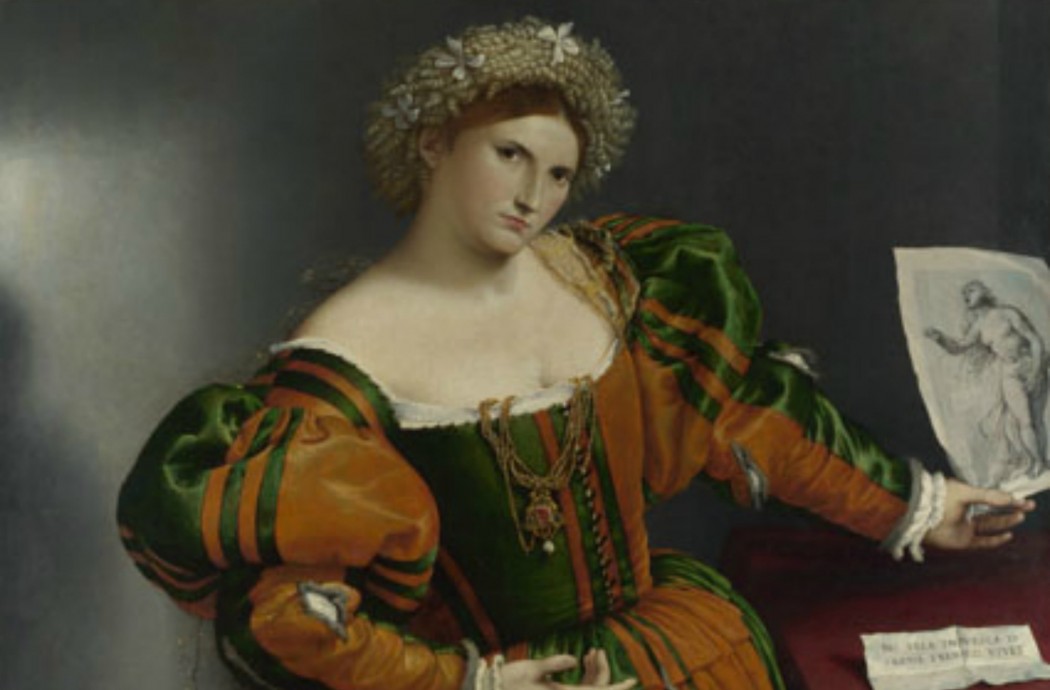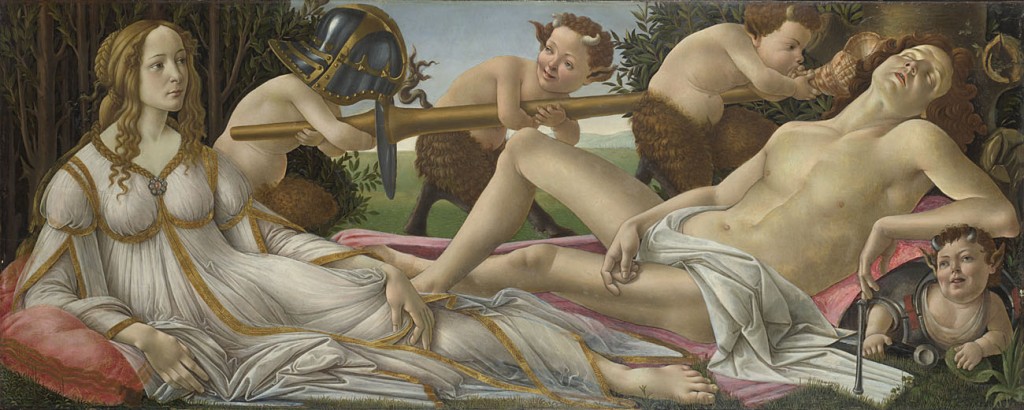Do you miss Italy and its cultural heritage? If you have not planned a trip to the ‘Belpaese‘ any time soon but we crave for some Italian art, we have prepared a trip to the best Italy has produced in art. Look no further that the National Gallery to visit it. We asked Caroline Campbell, Head of the Curatorial Department at the National Gallery, to choose the most beautiful Italian works of art in the collection. The tasked has proved difficult, she said, as there are so many Italian paintings to choose from. These are Caroline’s top ten.
1. Giovanni Bellini, Agony in the Garden, about 1465. It’s one of the first landscape paintings in Italian art. The landscape and the sky are simply wonderful.
2. Piero Della Francesca, The Baptism of Christ, 1450, for the monumentality of the figures and the cool pure light.
3. Caravaggio, The Supper at Emmaus, 1601, for the drama of the composition.
4. Tiepolo, An Allegory with Venus and Time, 1754-8, for the timeless quality of the sky.
5. Botticelli, Venus and Mars, 1485. It has something comic on it. Mars, the god of war, is fast asleep and cannot be awaken despite the satire trying to wake him up blowing a trumpet in his ear and despite having in front the more beautiful woman in the world.
6. Tiziano, Diana and Actaeon, 1556. There is a terrible sense of fate and tragedy in this painting. Actaeon has been transformed into a stag by Diana and is torn to death by his own hounds and he’s punished for a crime he did not meant to commit.
7. Lorenzo Lotto, Portrait of a Lady inspired by Lucrezia, 1530. It was very unusual for a lady to be portrayed and we have such a clear sense of her identity.
8. Duccio da Boninsegna, Triptic with Virgin and Child with Saints Dominic and Aurea, 1312, for the tenderness with with mother and child are interacting.

Duccio, active 1278; died 1319
The Virgin and Child with Saint Dominic and Saint Aurea, and Patriarchs and Prophets
about 1312-15 (?)
9. Annibale Carracci, The Dead Christ Mourned, 1604. It’s an incredible, well composed and very moving picture of Christ.
10. Guido Reni, Coronation of the Virgin, 1606. It’s a very small picture, exquisitely painted on copper. It was painted in 17th century but it looks like if it was painted yesterday.














